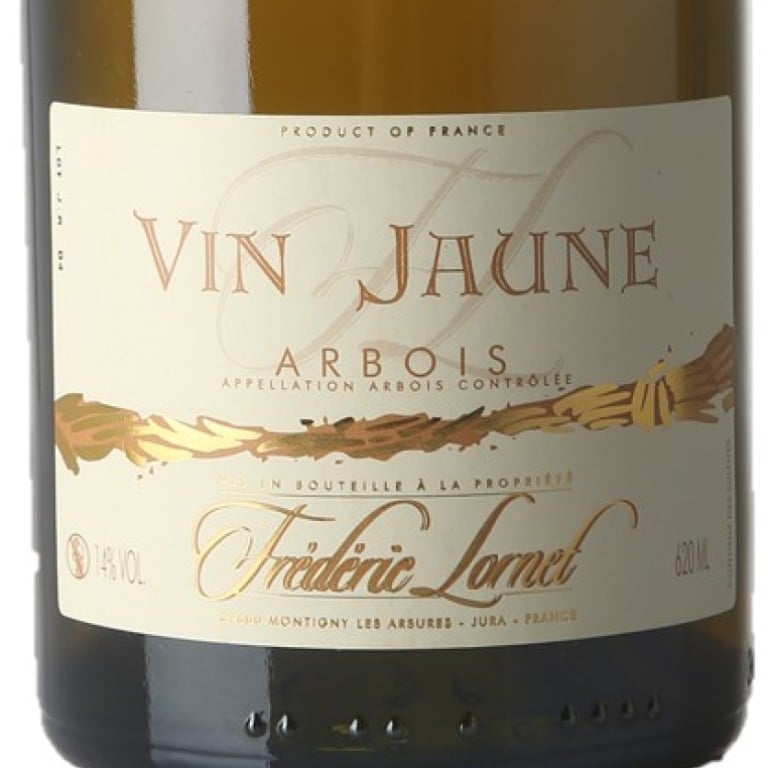
Vin jaune from eastern France is ‘the durian of the wine world’, beloved and hated in equal measure
- The distinctive wine is made from the quirky savagnin grape grown in Jura, the smallest of France’s AOS regions
Vin jaune (“yellow wine”) is the durian of the wine world. It has a strong, distinctive smell and taste that you either love or hate.
The wine is made from a quirky grape, called savagnin, that isn’t widely grown anywhere in France but the Jura, a region situated east of Burgundy, towards Switzerland (a small amount is grown in that country, where it is known as haiden or heida). At only 1,600 hectares, the Jura is the smallest of all AOC (appellation d’origine contrôlée) regions, with production found around the villages of Arbois and Lons-le-Saunier. The appellations that make vin jaune are Arbois, Côtes du Jura, l’Etoile and Château-Chalon, with the last producing the best.
Savagnin is a finicky grape that prefers marl soils and is picked when very ripe. Fermentation happens slowly, under cool conditions, to retain the grapes’ characters. The wine also undergoes a malolactic fermentation. About a year after the vintage, the wine is transferred to 228-litre oak barrels previously used for burgundy wines. The barrels can be gently used (about five years) to well-used (up to 50 years).
It is when the wine is in the barrels that standard practices diverge. Instead of filling them up to the top, as is done elsewhere, Jura’s winemakers leave a gap of about eight litres for air. The barrels are stored in dry, well-ventilated conditions that have a wide temperature range – some winemakers prefer ground level, others underground, or even in an attic. Over time, the liquid evaporates and, as with sherry, a layer of yeast, called the voile(“veil”), forms on the surface of the wine. The voilekeeps the wine from oxidising further and helps it retain its unique aromas and flavours.
Once or twice a year, each barrel is inspected by an official from the Jura wine board to check whether the ethanol level is increasing, which is what gives vin jaune its distinct taste. If not up to expectations, the barrel’s contents are blended with chardonnay, for an oxidative savagnin, which will be priced much lower than vin jaune.
If the contents are up to snuff, after six years in the barrel, the wine is ready to be bottled. There is no racking or filtering, and the angel’s share (the amount that has evaporated) is about 40 per cent of the original volume.
The bottles used for vin jaune are unique. The rustically squat bottle is called clavelin and holds 620ml rather than the standard 750ml. Once opened, a bottle of vin jaune will keep its flavours and aromas for a few days, unlike sherry, which fades quickly.
In the glass, vin jaune has a vivid golden yellow glow, leaning towards amber for older bottles. The aroma is an enticing mix of toasted walnuts and almonds, dried peaches, dates and tangerine peel with a yeasty sourdough that’s slightly burnt on the bottom. There’s a funkiness on the palate – not quite sherry, but with an “off-ness”.
In Australia, until several years ago, the savagnin grape had been mistaken for albariño, as the nursery that provided the cuttings in Spain had misidentified them. It was not until 2009 and the vines started producing fruit that a DNA test confirmed the error.

